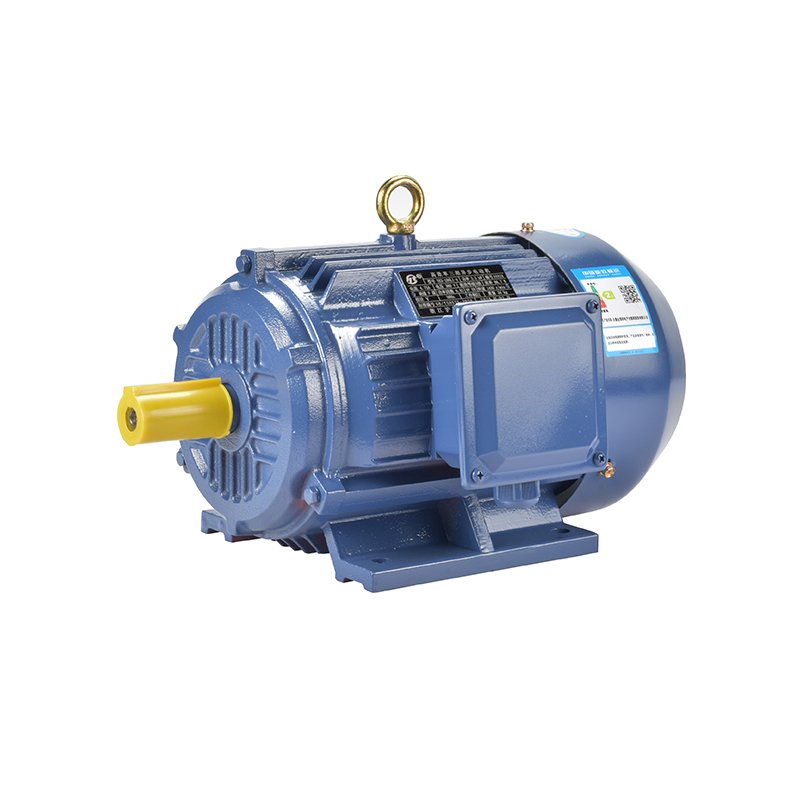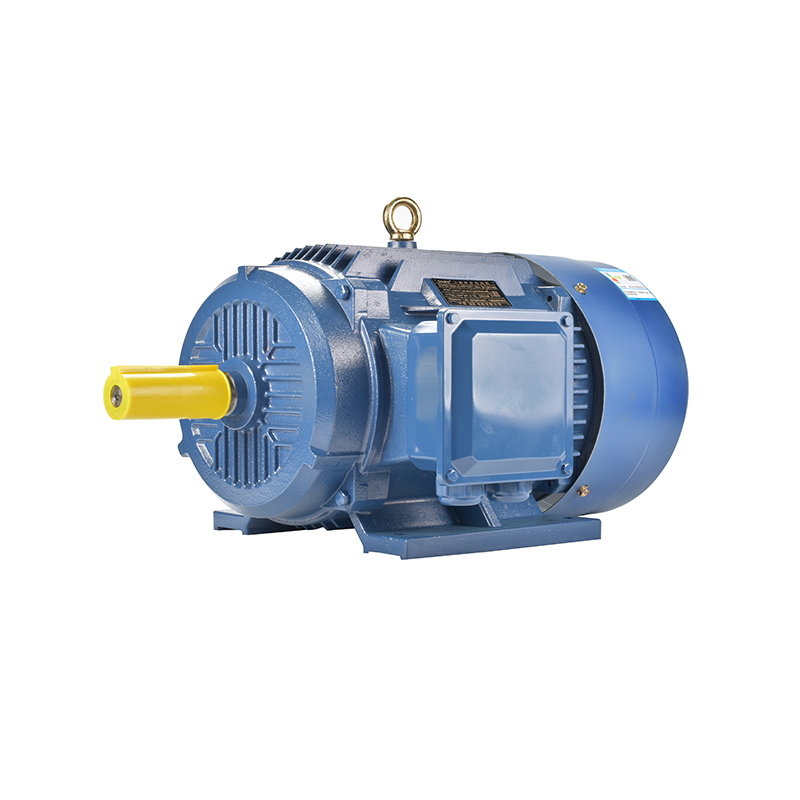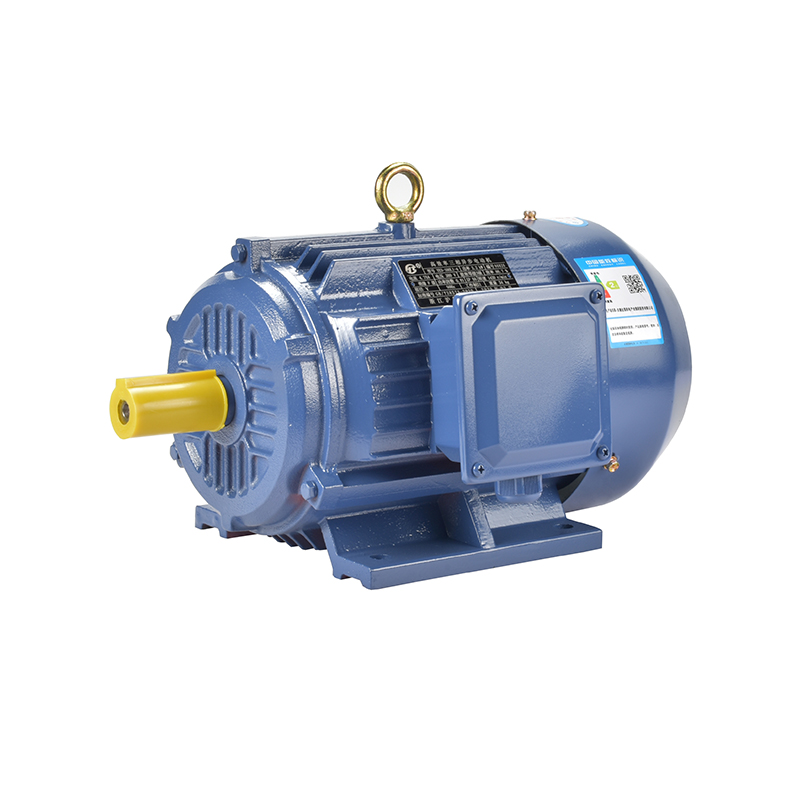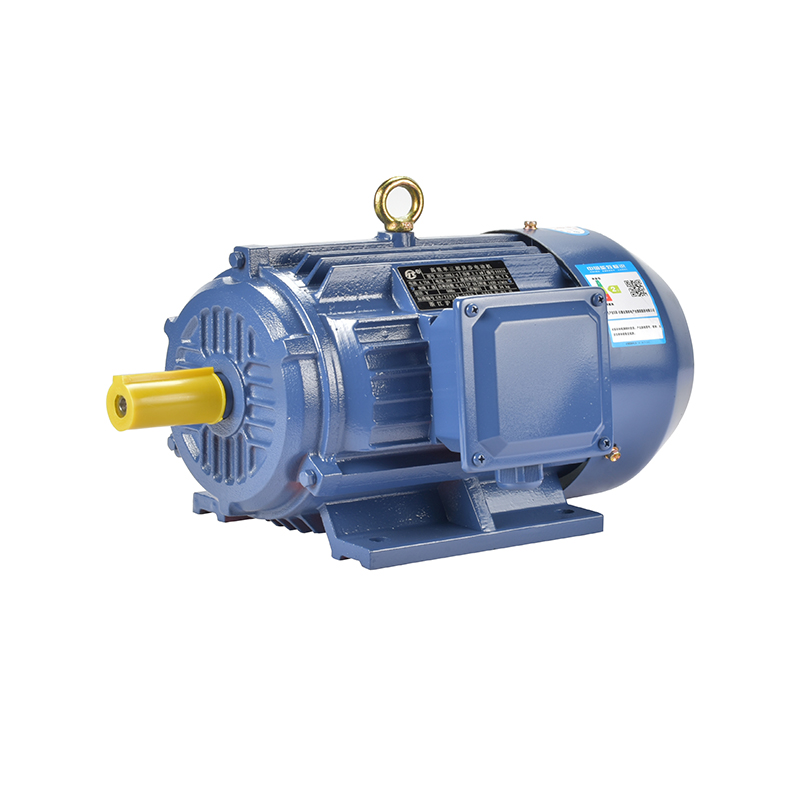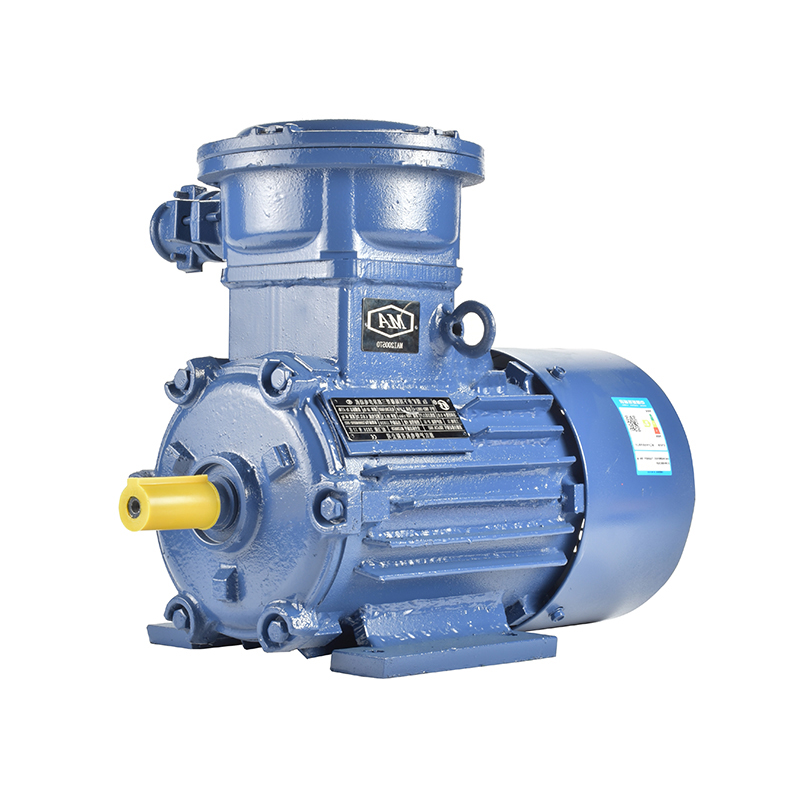Regional Analysis Of Motor Usage In Renewable Energy Projects
The renewable energy industry is gaining steady growth around the world. As renewable energy projects expand, the demand for specialized motors—especially industrial motors—has been evolving to meet the distinct needs of wind turbines, solar tracking systems, and other renewable installations. In this context, understanding regional differences in motor usage provides insight into how technology adapts to varying project requirements and local market conditions.

Among the types of motors commonly applied in renewable energy projects, asynchronous motor 3 phase units remain widely used in many regions. These motors offer reliability and cost-efficiency, making them a practical choice for equipment such as pumps and fans used in solar thermal plants or wind farm auxiliary systems. Their robust design and simple control mechanisms make them suited for large-scale projects where maintenance accessibility might be limited.
In regions like Europe, where wind power development has been strong for decades, asynchronous motor 3 phase models are often seen in the operation and maintenance of auxiliary systems within wind turbines and associated infrastructure. The ability of these motors to handle variable loads and endure fluctuating environmental conditions contributes to their sustained presence in these projects. Additionally, many European projects emphasize energy efficiency and compliance with stringent grid codes, which has led to the adoption of more advanced motor technologies alongside traditional asynchronous motors.
On the other hand, in parts of Asia and North America, there is growing interest in integrating permanent magnet synchronous motor for electric vehicle technology into renewable energy systems. This motor type, originally developed to meet the demands of electric vehicles, is finding new roles in renewable energy projects due to its high torque density and efficiency at varying speeds. For example, permanent magnet synchronous motors are increasingly used in solar tracking systems, where precise movement of panels is necessary to optimize sunlight exposure throughout the day. Their ability to operate efficiently in a wide speed range makes them an attractive alternative to asynchronous motors in these applications.
In addition, permanent magnet synchronous motors are gaining attention for use in offshore wind turbine generators. The compact size and high power-to-weight ratio of these motors allow for lighter turbine nacelles, which simplifies installation and reduces overall structural demands. Regions with emerging offshore wind sectors, such as parts of East Asia and the United States, are exploring these motors to enhance turbine performance and reliability under challenging marine conditions.
Industrial motors, as a broader category, continue to play a vital role across all renewable energy projects. Whether in geothermal plants, biomass processing, or hydroelectric systems, industrial motors are selected based on specific operational requirements including power ratings, environmental exposure, and control precision. The choice between asynchronous motor 3 phase models and synchronous motor variants often hinges on factors such as project scale, budget, and expected maintenance regimes.
For instance, in geothermal energy projects in regions like New Zealand and parts of Central America, asynchronous motors are commonly employed due to their simplicity and durability in harsh environments. Meanwhile, in biomass plants in Europe, synchronous motors with advanced control systems are favored to meet strict efficiency and emission standards.
Another notable regional difference lies in the level of motor customization and integration. In some developed markets, motor manufacturers collaborate closely with renewable energy equipment producers to design motors tailored to specific project needs. This approach advances to better alignment with system requirements and potentially improved performance. Conversely, in emerging markets, standard industrial motors—including asynchronous motor 3 phase types—are often the preferred choice due to their availability and cost considerations.
Despite these regional distinctions, a general trend is the growing demand for motors capable of supporting smarter, more flexible renewable energy systems. The shift towards digitalization, predictive maintenance, and grid interactivity influences motor selection and design. Permanent magnet synchronous motors, with their compatibility with advanced control systems, are well positioned to meet some of these evolving demands.
To sum up, the regional landscape of motor usage in renewable energy projects is shaped by a combination of technology maturity, environmental conditions, economic factors, and project scale. Asynchronous motor 3 phase units continue to serve a broad range of auxiliary roles, while permanent magnet synchronous motor for electric vehicle technology increasingly finds new applications in renewable energy due to its efficiency and adaptability. Industrial motors remain foundational across the sector, underpinning diverse renewable energy technologies around the world.
Understanding these regional differences helps manufacturers, project developers, and policy makers make informed decisions as the renewable energy industry advances. As renewable energy deployment continues to grow and diversify, the motor technologies supporting these projects will likely evolve further to meet the unique challenges and opportunities presented by different regions.
-
Feedback



 English
English русский
русский Español
Español عربى
عربى

